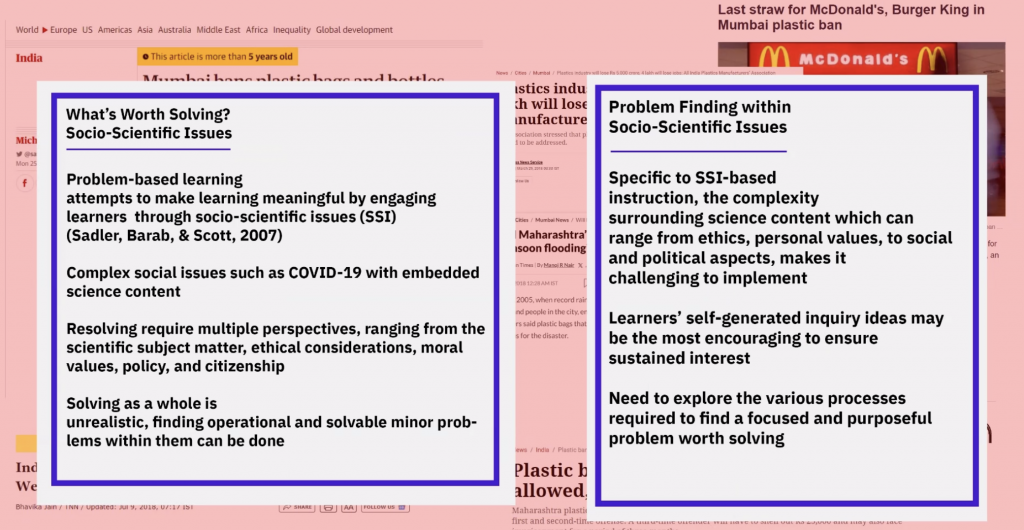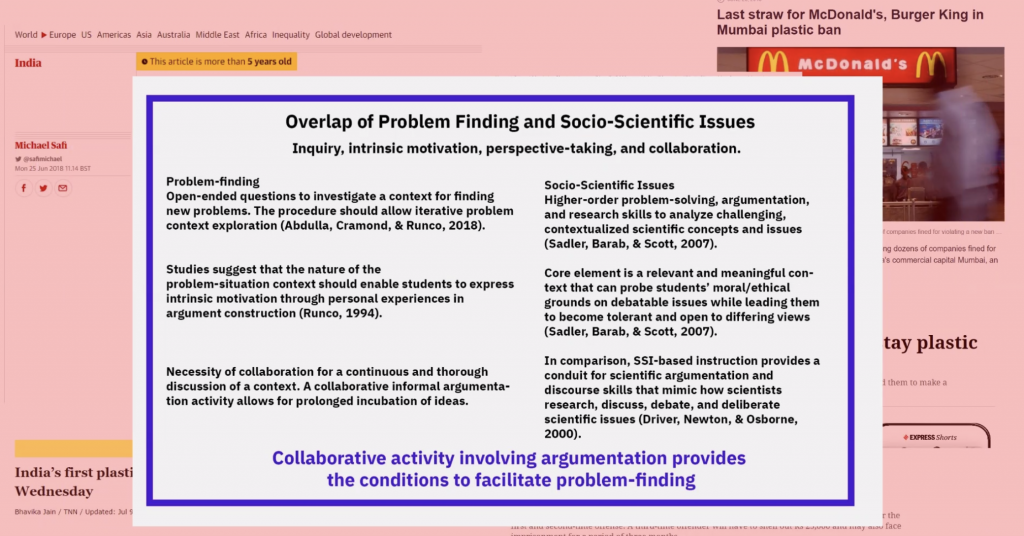Summary of SyMETRI Meeting: February 12th, 2024 by Qiaochu Xu
Presenter/Guest Speaker: Balraj Rathod from Department of Curriculum and Pedagogy, Faculty of Education, UBC
Date: February 12th, 2024
Host: Dr. Cynthia Nicol
In the SyMETRI meeting on February 12th, 2024, PhD student Balraj Rathod presented insights from his work conducted in India at the International Society of the Learning Sciences Annual Meeting 2022.
Here are some slides from his presentation:
Bio
Balraj Rathod is Ph.D. student in Curriculum Studies focusing on science and environmental education. His research interest is understanding how critical literacies can be extended to foster emancipatory agency for youth climate action in Mumbai, India (i.e., how to go from concern for the environment to action). He uses narrative inquiry and phenomenological approaches to draw the essence of what it means ‘to protect the natural world.’


